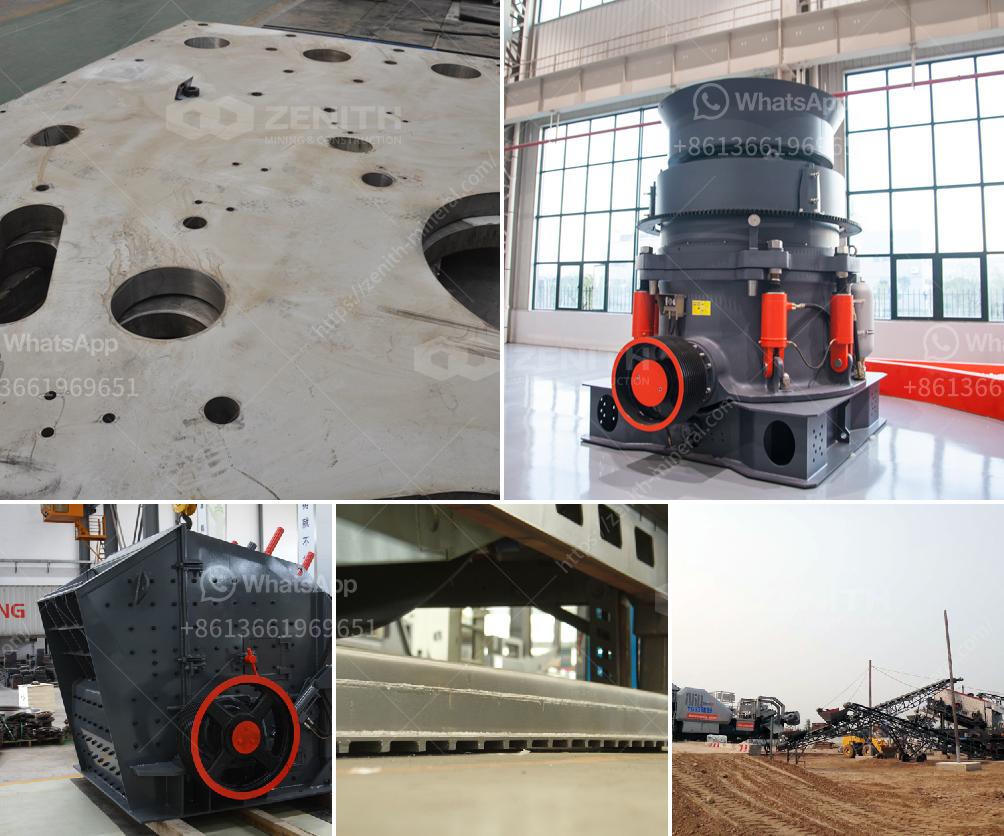A vibrating screen machine is used to sort and separate different sizes of materials in industries such as mining, mineral processing, agriculture, pharmaceuticals, and more. Here's a basic overview of how it works:
Motor Activation: The machine operates using an electric motor that drives an unbalanced mass to create vibration. This is typically done through a rotating motor or an exciter, which can generate a circular or linear vibration.
Vibration Generation: The motor or exciter causes the screen to vibrate. The vibration can be adjusted in terms of amplitude and frequency depending on the specific requirements of the material being processed.
Material Feeding: The raw material is fed onto the vibrating screen from a hopper or conveyor. The material may be fed on one end of the screen surface.
Separation/Classification: As the screen vibrates, the material moves across the screen surface. The vibrations help to stratify the material, meaning that smaller particles pass through the screen openings while larger particles remain on top. The screen can have one or multiple layers, each with different-sized openings for more precise classification.
Discharge: The separated materials are then discharged from different outlets. Fines pass through the screen openings and are collected below or transported away, while oversized material is carried to separate discharge points.
Screen Cleaning: Many vibrating screens have self-cleaning functions like bouncing balls or ultrasonic devices to prevent clogging and maintain efficiency.
Key factors in the performance of a vibrating screen machine include:
Overall, the vibrating screen machine offers a robust and versatile solution for material separation in various industries, ensuring efficient processing and quality output.

